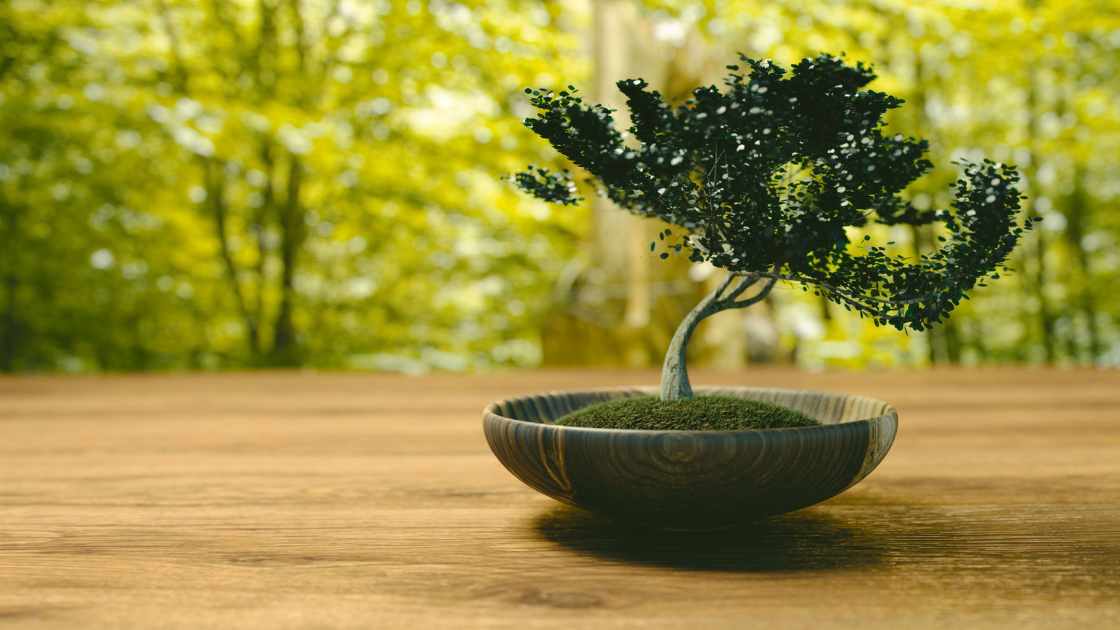Pruning is an essential practice for maintaining the health, shape, and aesthetic appeal of bonsai trees. However, knowing when to start pruning a bonsai tree is crucial to ensure its proper development. The age of the tree plays a significant role in determining when it is ready for pruning. This article explores the factors that influence the timing of pruning and provides detailed guidelines for bonsai enthusiasts.
General Guidelines for Pruning Bonsai Trees
Age of the Tree
The appropriate age to begin pruning a bonsai tree varies depending on the species, growth rate, and initial training goals. Here’s a general guideline:
Young Seedlings (0–2 years): During this stage, the focus should be on establishing a healthy root system and allowing the tree to grow strong. Avoid pruning unless it is to remove damaged or dead branches.
Saplings (3–5 years): By the time a bonsai tree reaches 3 to 5 years of age, it is usually mature enough for structural pruning. This stage is ideal for shaping the tree and setting the foundation for its design.
Older Trees (6+ years): Mature bonsai trees require regular maintenance pruning to preserve their shape and encourage balanced growth. These trees are also ready for refinement pruning to enhance their aesthetic details.
Species-Specific Considerations
Different bonsai tree species have unique growth patterns, which can influence the timing of pruning. For example:
Fast-growing species like ficus or Chinese elm may be ready for pruning earlier, around 2–3 years of age.
Slow-growing species like pine or juniper may require 4–5 years before they are ready for structural pruning.
Types of Pruning for Bonsai Trees
Structural Pruning
This type of pruning focuses on shaping the overall structure of the tree. It involves removing large branches to create the desired design and improve airflow.
Timing: Start when the tree is around 3–5 years old.
Frequency: Conduct structural pruning during the tree’s dormant season to minimize stress.
Maintenance Pruning
Maintenance pruning keeps the tree tidy and encourages healthy growth by removing unwanted shoots and small branches.
Timing: Begin as soon as the tree reaches the sapling stage and has a well-established shape.
Frequency: Perform throughout the growing season as needed.
Root Pruning
Root pruning helps control the tree’s size and supports its growth in a confined bonsai pot.
Timing: Start root pruning when repotting the tree, typically after 3–5 years of growth.
Frequency: Repeat during each repotting cycle, usually every 2–5 years, depending on the species.
Signs Your Bonsai Is Ready for Pruning
To determine whether your bonsai tree is ready for pruning, look for these signs:
Strong Growth: The tree has developed a healthy canopy with multiple branches.
Established Roots: The root system is robust and supports the tree’s growth.
Desired Height: The tree has reached a suitable size for shaping.
Dormancy (for major pruning): The tree is in its dormant phase, which reduces stress during pruning.
Key Tips for Successful Pruning
Use the Right Tools: Invest in high-quality pruning shears, concave cutters, and other bonsai tools to make clean cuts and minimize damage.
Sterilize Tools: Always sterilize your tools before pruning to prevent the spread of diseases.
Study Your Tree: Understand the growth habits and requirements of your bonsai species.
Prune Gradually: Avoid over-pruning, as it can stress the tree and hinder its growth.
FAQs
When should I start pruning a bonsai tree?
You can begin structural pruning when the tree is 3–5 years old, depending on the species. Focus on maintenance pruning as the tree matures to maintain its shape.
Can I prune a bonsai tree during its first year?
It’s best to avoid pruning during the first year. Allow the tree to establish a strong root system and focus on healthy growth before making any significant cuts.
How often should I prune my bonsai tree?
Maintenance pruning can be done regularly during the growing season, while structural and root pruning should be done less frequently, typically during the tree’s dormant phase.
Conclusion
The ideal age to begin pruning a bonsai tree typically falls between 3 and 5 years, depending on the species and growth conditions. Young trees need time to establish a strong foundation, while older trees require regular maintenance to preserve their beauty. By understanding your tree’s specific needs and following proper pruning techniques, you can create a stunning bonsai that thrives for years to come.




